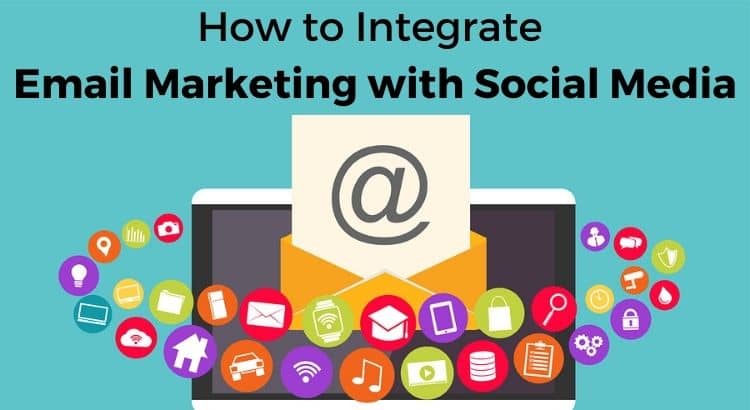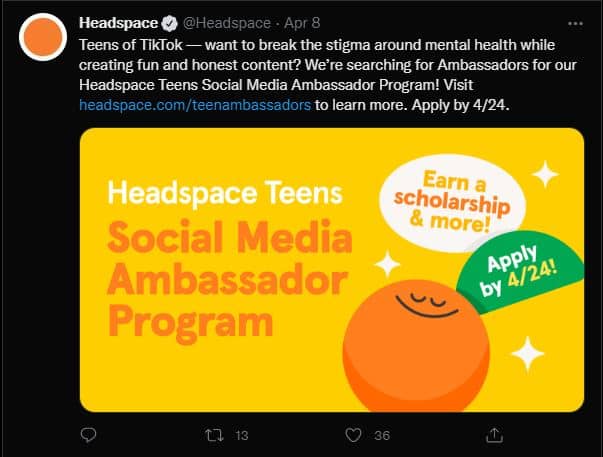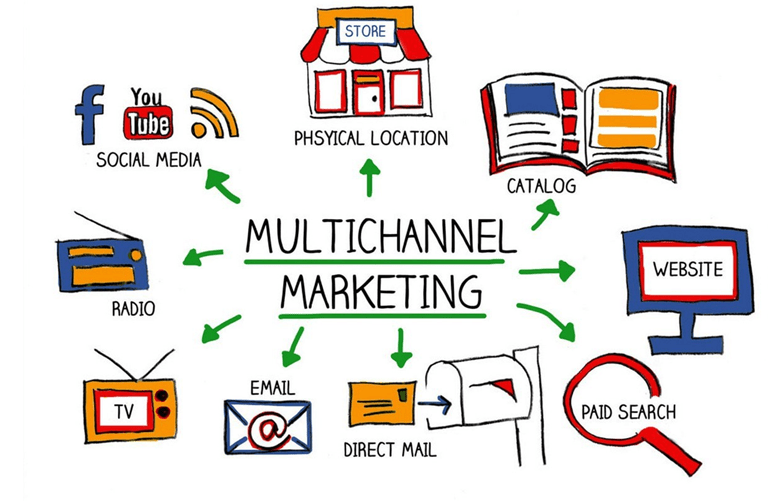The introduction of sophisticated data algorithms and advanced management tools has made it easier to integrate email marketing and social media marketing.
When it comes to generating qualified leads for your brand, social media marketing is most effective.
On the other hand, email marketing helps the brand establish its personality and nurture one-on-one relationships with the subscribers.
Moreover, email marketers have the option of increasing their ROI by using pre-made Salesforce templates.
But, when combined, the two strategies can play on their strengths and drive customer engagement and user interactions.
Before jumping into the strategies for making the most of this multi-channel approach, you should know about a few of the advantages of integrating the two.
Advantages of Integrating Email Marketing with Social Media Marketing?
Integrating social media marketing with your email marketing strategies opens multiple avenues for the brand.
The united strategies allow the marketers to target their audience with more relevant content according to their preferences.
In addition to that, the strategies will help each other achieve their conversion goals. Combining the two marketing techniques allows the brand to be more consistent with its promotions and improve the overall user experience.
This is why more companies are preferring such an omnichannel approach as opposed to the traditional methods.
4 Strategies to Make the Most of this Integration

Collection & Organizing the User’s Data
Collecting and organizing the user’s data has become the core of many digital marketing strategies. By integrating email marketing with social media marketing, you can collect more refined data from your customers.
For example, you can ask for the preferences of the user via email marketing and then record the user interaction and browsing activity from the social media campaigns.
You can either use this data to fuel individual campaigns or use them in tandem to run your omnichannel marketing strategies.
Both the marketing platforms will come with their own set of management and analytics tools to help you fine-tune your strategies.
You can use the KPIs and other metrics from the two platforms to get a more comprehensive look at your campaigns.
Synced Campaigns
Brands can increase engagement rates by combining the content calendars of social media marketing and email campaigns.
Marketers can use social media platforms to encourage their followers to join their email list by promising extra perks and high-quality content.
You can also incentivize your social media followers by offering them exclusive discounts and offers for signing up to your subscriber list.
Similarly, you can use your email campaigns to keep your subscribers updated about seminars, giveaways, contests, and live events on your social platforms, thus, indirectly boosting your social media engagements.
However, syncing the calendars does not mean sending out emails for every piece of content you are updating on your social media platforms.
You must time your emails with important social media posts and milestones to maximize their impact.
To make these processes even easier, you can set up automated workflows with Salesforce templates for the timely distribution of emails and associated social media content.
Aligned Content Creation
Once you have aligned the calendars, it is time to work on your content. Quality content is the backbone of any digital marketing strategy, right from quirky and short social media posts to long-form newsletters email campaigns.
The content should be optimized to reflect your brand’s aesthetics and voice. You can issue a strict copy guideline to your content team to ensure they maintain the brand’s personality across the platforms.
Focus on creating content that resonates with the feelings of the readers. As the customer starts relating to the content, their loyalty toward the brand will also increase.
Use SEO and content management tools to find relevant and trending topics for your users. Proper utilization of SEO content will also increase the visibility of the brand on the search engines.
No brand does it better than Headspace (https://www.headspace.com/). All their content, across the various social media platforms, delivers the same message with the exact same tone.
The brand aesthetics is not only maintained in their email and social media campaigns but also on various streaming platforms like Netflix and YouTube.

Headspace also has strict guidelines for the visuals they include in their content. All the images and animations they use have round edges and solid colors.
Related Post: 6 Content Creation Tips for Your Company
Multi-Channel Approach

Social media and email marketing complement each other by mitigating each other’s weaknesses. A multi-channel approach will ensure that the brand has multiple communication points for its subscribers.
The prospect should be able to interact with the channel of their choosing and get the same type of response.
With the multi-channel approach, you can create an engagement loop for your subscribers and followers.
Use the CTA buttons in your emails to redirect customers to your social media accounts.
As the customer increases interaction with your posts, you can collect valuable data which can be later utilized to send personalized recommendation emails to your subscribers.
You also have the option of redirecting the customers to your website from your emails and social media posts.
Conclusion on Social media and Email Marketing Integration
Of course, you can run both marketing campaigns independent of each other. However, that will not be the most efficient method of running digital marketing campaigns.
Integrating email marketing with social media marketing keeps you ahead of your competitors.
Follow the above-mentioned best practices to create a unified strategy for your brands.